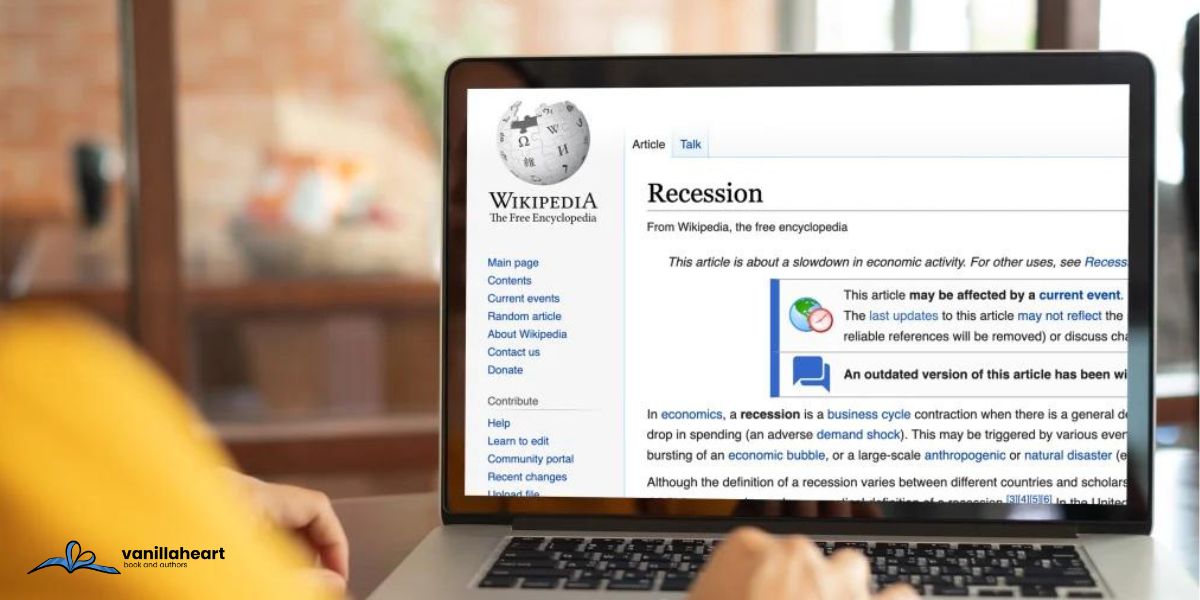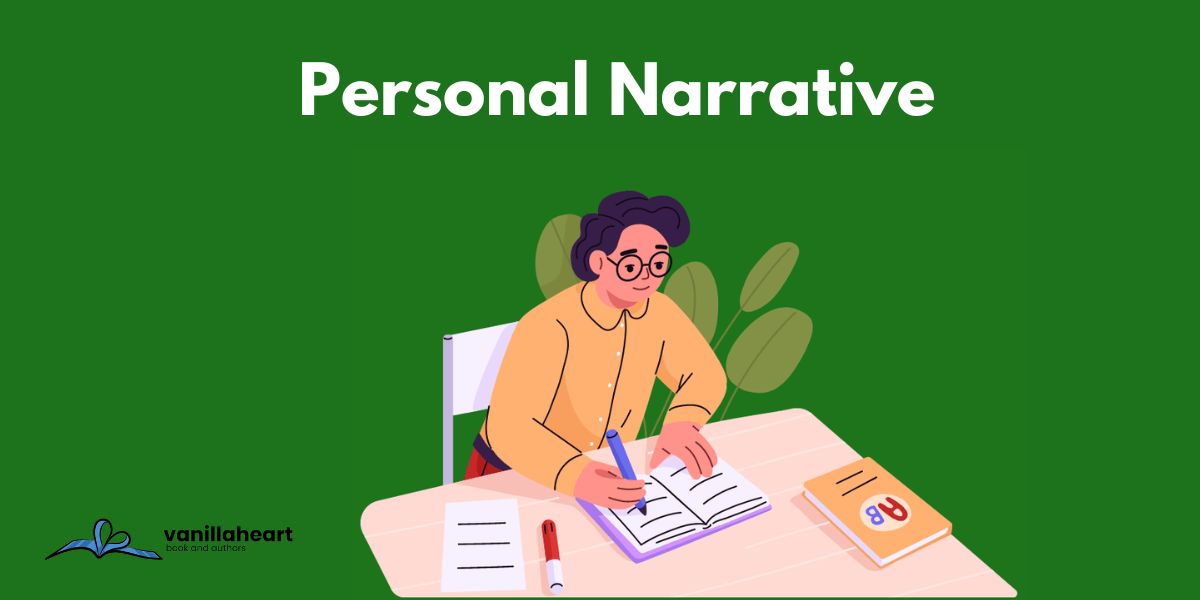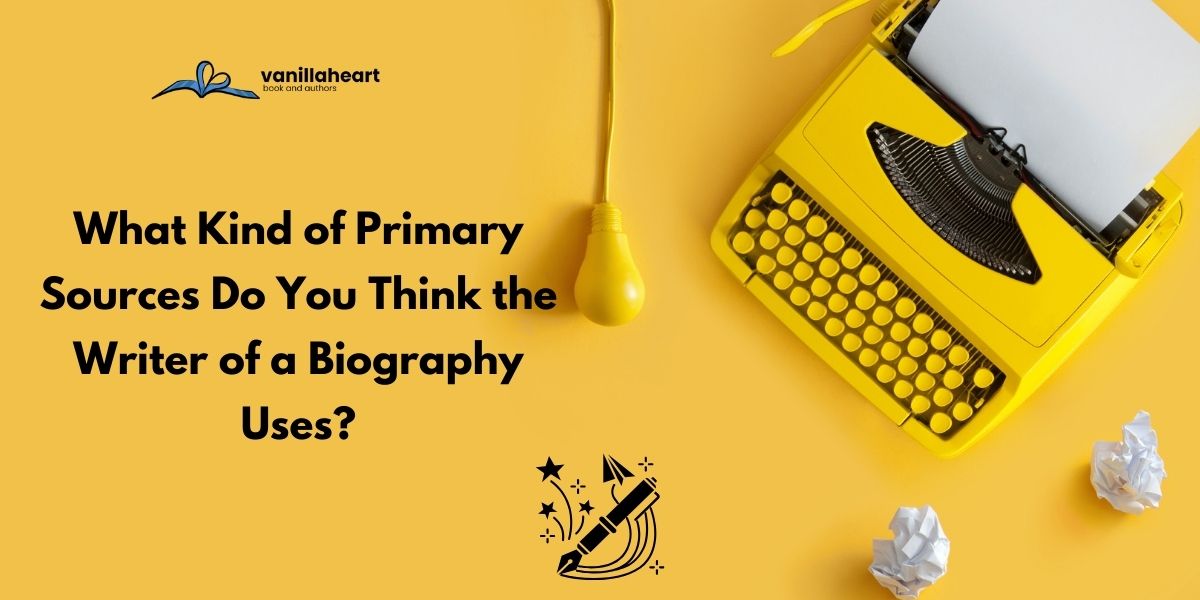
Wikipedia
Wikipedia is like the world’s digital encyclopedia. Many people, businesses, and organizations aim to have a page on it. But getting a Wikipedia page approved isn’t a walk in the park. Wikipedia has strict rules to ensure that the content is trustworthy and reliable.
To get your Wikipedia page approved, you must understand and follow these rules closely. This guide will help you with that. We’ll walk you through the steps and share tips to give your page the best shot at approval.
How to Get a Wikipedia Page Approved
1- Understanding Wikipedia’s Notability Criteria
To get a Wikipedia page approved, understanding ‘notability’ is crucial. Become a Wikipedia editor to master this quality check and ensure your topic stands out. Notability ensures your topic has received significant attention from independent, reliable sources, making it deserving of a Wikipedia page. For your page to get approved, it must be about something or someone covered in reliable sources outside of Wikipedia.
Think of notability as a quality check. Wikipedia doesn’t want pages on every random topic. They want topics others have discussed in newspapers, books, or other reputable places. If your topic hasn’t gotten that kind of attention, it might not be notable enough for its page.
It’s crucial to check this first because if your topic isn’t notable, it’s like trying to build a house on sand. It won’t stand, no matter how good your writing is.
2- Preliminary Steps Before Creation
Before attempting to get your Wikipedia page approved, start with the basics. Register on Wikipedia, practice editing, and study successful and famous Wikipedia pages. Plus, having an account helps you build a track record, which can be helpful for credibility.
Next, start small. Before creating an entire page, make minor edits to existing Wikipedia articles. This gives you a feel for how things work and lets you practice using Wikipedia’s tools. It’s a bit like warming up before a big game.
Finally, take a moment to study other Wikipedia pages, especially those related to your topic. These can serve as models for your page. Notice how they’re structured, cite sources, and present information neutrally.
3- Researching and Gathering Reliable Sources
Reliable sources are essential for getting your Wikipedia page approved. Focus on independent, third-party sources that corroborate your topic’s notability.
Start by looking for third-party sources. These are sources that aren’t directly connected to your topic. For instance, if you’re writing about a company, articles from independent newspapers are better than press releases from the company itself.
Make sure you differentiate between primary and secondary sources. Primary sources come directly from the source (like an autobiography writing), while secondary sources talk about the primary sources (like a book review). For Wikipedia, secondary sources are often more valuable because they show that independent parties find the topic notable.
Many online tools and databases can help you search for reliable sources. Libraries, news archives, and academic journals are great places to start.
4- Writing the Content
Once you have your sources, it’s time to start writing. But writing for Wikipedia isn’t like writing for a blog or a magazine. There are some key things to keep in mind.
First and foremost, when penning content for a Wikipedia page approved by the platform, adopt a neutral tone, structure the content well, and cite diligently.
When structuring your content, use headings and subheadings. This makes your page easy to navigate and helps readers find the information they want. Remember to keep your paragraphs short and to the point.
While writing, steer clear of jargon or complex terms. Your aim should be to write so that anyone, regardless of background knowledge, can understand your topic.
And, of course, as you present facts or make claims, make sure to cite your sources. This lends credibility to your content and shows Wikipedia editors that your information is reliable.
Lastly, ensure that your writing is free from typos or grammatical errors. Clean, clear, and precise language will make your page look more professional and increase its chances of approval. You can easily find Wikipedia writers for hire and get your work error-free.
5- Using Proper Citation and References
Citations are the lifeblood of a Wikipedia article. They provide evidence for the information you present, ensuring readers and Wikipedia editors that your content isn’t just made up.
Start familiarizing yourself with Wikipedia’s citation formats for a Wikipedia page for yourself. This might seem technical, but your citations must be accurate for a Wikipedia page approved without hitches. Always aim for reliability and consistency in your references. Wikipedia generally uses two main citation styles: the footnote style and the Harvard style. Pick one and stick with it.
When citing, always aim for reliability. Top-tier sources include articles from recognized newspapers, books published by reputable publishers, and peer-reviewed journals. Websites and blogs can be a bit trickier. Make sure they’re credible and not just echoing unverified claims.
Avoid using sources that have a vested interest in the topic. For instance, if you’re writing about a product, avoid citations from the company’s marketing materials.
Lastly, always double-check your citations. Ensure that the information you’re referencing truly exists in the source you’re citing. Mistakes can easily creep in, and an incorrect citation can undermine the credibility of your entire page.
6- Uploading Images and Ensuring They’re Copyright Compliant
Images enhance the chances of getting a Wikipedia page approved. Ensure they’re copyright-compliant and relevant to your content.
If you wish to add an image, ensure you have the right to use it. Many images on the internet are copyrighted and can’t be used without permission. If you’re unsure about an image’s copyright status, it’s best to avoid it.
For images you can use, Wikipedia prefers those uploaded under a free license, like Creative Commons. When uploading, provide complete information, including source, author, and license details. This transparency avoids potential copyright issues and keeps your page compliant.
7- Navigating the Review Process
Once you’ve created your Wikipedia page, it doesn’t go live immediately. Instead, it enters a review process where experienced Wikipedia editors, aiming for Wikipedia Make Money success, take a look.
Be prepared for feedback. It’s rare for a page to get approved without any changes. Editors might suggest improvements, ask for clarifications, or point out areas that need more citations.
When you receive feedback, approach it with an open mind. The goal is to make the page better. Make the necessary edits and re-submit.
Remember, patience is vital. The review process can take time, but it’s an essential step in ensuring that Wikipedia remains a trusted and reliable source of information.
Conclusion
The journey to get a Wikipedia page approved can be challenging but rewarding. You increase your chances of success by understanding Wikipedia’s guidelines, using reliable sources, and engaging constructively with the community. Always remember to prioritize accuracy, neutrality, and verifiability. Best of luck with your Wikipedia endeavors!


